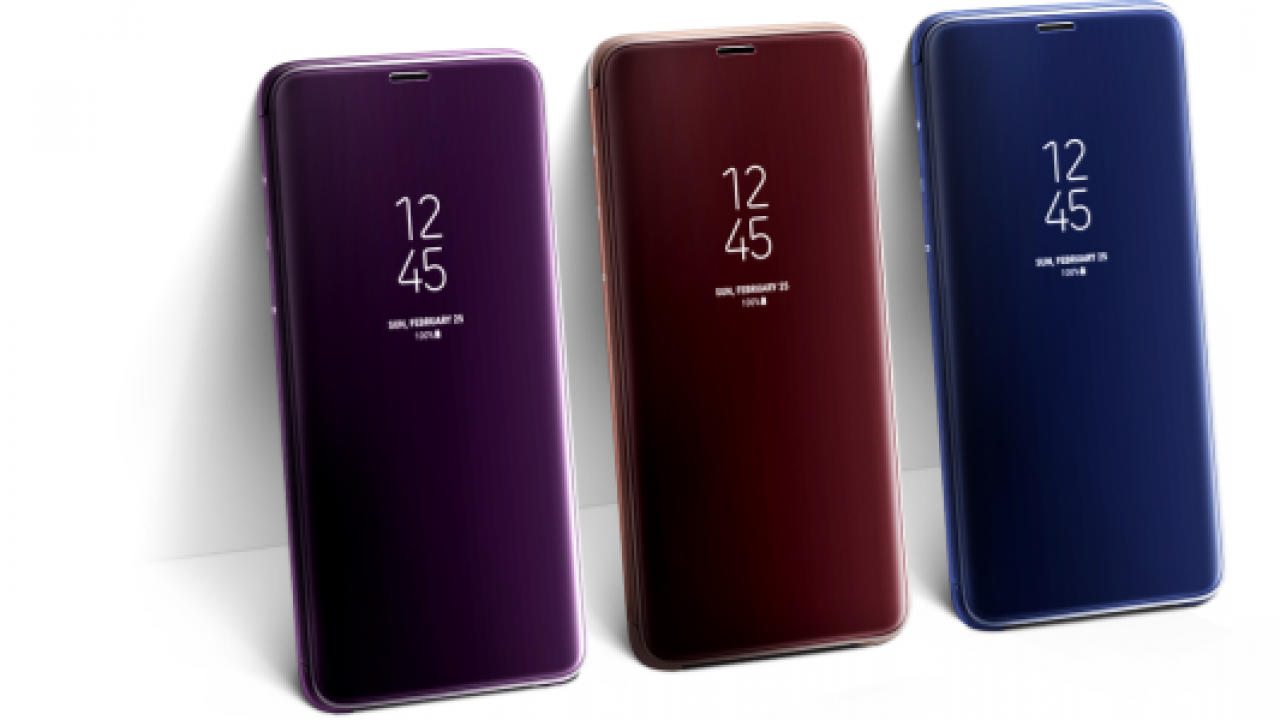Solve Overheating Problem On Samsung Galaxy S9 And S9+

Most of the smartphones today are dealing with the overheating issue and the Samsung Galaxy S9 or S9+ is included. You can also notice that most of the smartphones that are having this issue are the powerful ones, mainly because more powerful these devices are, the more they intake the tasks simultaneously and the owners get to use it for a longer time. You have to remember that you can easily abuse your smartphones’ CPU or GPU, depending on how you use them and the kind of third-party apps you’re using can probably add up to the overheating issue.
Galaxy S9/S9+ Overheating Issues
If you are guilty of overusing your smartphone, then it will probably lead to overheating problems and remember, even the Samsung’s latest flagship phone isn’t saved with the issue. Probably because despite the amazing liquid cooling system installed on it, still depends on how you use it.
If you’re worried about the overheating issue of your Samsung Galaxy S9 or S9+, we’ll give you some bits of advice on how you can prevent your battery from getting the same issue. In addition to it, we’ll provide a step-by-step instruction on the things you need to do if the problem occurs.
How To Prevent Galaxy S9/S9+ From Overheating
-
Remove The Protective Case Every Now And Then
This probably sounds nonsense but the case is one of the reasons why the smartphone is overheating; try to remove it and notice the difference.
-
Don’t Use It While Charging
This is somehow a way of overusing your phone. Using it while charging is understandable but if you continue doing this, you’ll have a higher chance of making it overheat.
-
Refresh The Fast Cable Charging Feature
You’ll notice that the Samsung Galaxy S9 has the fast charging feature enabled by default. This gives a warning that enabling this feature leads to overheating, so you have an option to disable it and give the smartphone a longer time to charge it. You can just also refresh this option for a couple of seconds by deactivating and reactivating it. To do this:
- Go to the Settings
- Select Battery
- Tap on Fast Cable Charging
- Then switch the toggle ON and OFF to refresh
-
Enable The Optimize Battery Usage
This feature is one of the special settings of Samsung Galaxy S9/S9+. This is very helpful because it prevents third-party apps from using the excessive battery. To enable this:
- Go to the Settings
- Tap on Battery
- Then select Battery Usage
- Tap on MORE to open another menu
- Select Optimize Battery Usage
- Once you’re inside the submenu, select All Apps to make sure that it is activated for all apps
Overheating Solutions For Samsung Galaxy S9/S9+
Most of the solutions given above can be used as a preventive measure for the overheating issue of the Galaxy S9. But if you’re currently facing the issue and you have to do something right away to deal with it, you can try the solutions below:
Soft Reset The Device
By initiating a soft reset on the device, you’ll notice that it would automatically shut down all the apps that are running in the background. With this, it could free up memory to allow the device to cool down since it will no longer use as many resources like it did before you performed the soft reset. This is a very simple process and there’s no need to worry about losing all the data. So after you initiated a soft reset, check and monitor if the device still continues to heat. If yes, proceed to the next process.
Update The Software
If you’re not fond of updating the software on your smartphone to the latest software updates, then this might be the reason why you’re experiencing the overheating issue. Updates are made to fix the old bugs from the previous software. If you don’t resolve the issues with it, it might lead to overusing the resources that cause the overheating.
In order to do this, you need to make sure that your battery is still up for at least 50%. So if it doesn’t, you can plug the charger to perform the update. To update the software:
- Go to the Settings
- Find and select Software Update from the options
- Then tap on Check for Updates
- Wait until it starts scanning then select to Update Now to run the latest version
It is better to update when you are connected to a Wi-Fi network rather than updating on mobile data. But still, you’ll be notified if you’re on mobile data so you can choose between updating it with a Wi-Fi network or with your mobile data plan.
Check The Third-party Apps In Safe Mode
If the overheating issue still occurs even after updating it to the latest update, you can suspect that it may be caused by a faulty app. You can check if an app is causing the issue by running it in Safe Mode for a couple of minutes or hours, if possible.
If the issue does not occur when you’re running in Safe Mode, then it is safe to say that it’s caused by a third-party app simply because these apps don’t run in this mode. Meaning, their access to the system is cut. After you’ve proven that the third-party app is the cause why your device is overheating, the only thing you need to do now is to determine which app and uninstall it.
To boot into the Safe Mode, follow this guide below:
- Press the Power button on your Galaxy S9/S9+
- Hold this button until the Reboot to Safe Mode option shows up on the screen
- Tap on it then wait until the device starts to restart
- Once you’re inside the Safe Mode, you can try to keep it for hours or days to check the results.
If you are convinced that a third-party app is causing the issue, you can decide if you want to uninstall the third-party apps manually from the Safe Mode or uninstall all of them at once, by doing the factory reset.
Perform A Factory Reset
Initiation the factory reset will delete everything that’s on the Samsung Galaxy S9/S9+, even the settings you have set to remove the bugs and glitches, too. This option is very effective and solves most of the problem of smartphones. The thing is, you need to backup all your files, photos, music, videos or other important things first.
After that, follow these steps:
- Switch on your Samsung Galaxy S9 and S9+
- Go to the Settings app from the home screen
- Select the ‘User & Backup’ from the options
- Then tap on ‘Backup and Reset’
- Finally, select the Factory Data Reset
- Input your PIN or password when prompted to ensure that you’re the owner of the device
- Then select Delete All
- Wait until the process is finished
Once the phone started to restart, you’ll need to configure it again from scratch. Then you can monitor now if the overheating problem still exists or not, and if not, you can now start to restore all your backup data and it’s all done! But if it still overheats, the only option that’s left is to take it to an authorized service because it might need the battery to be replaced.
















